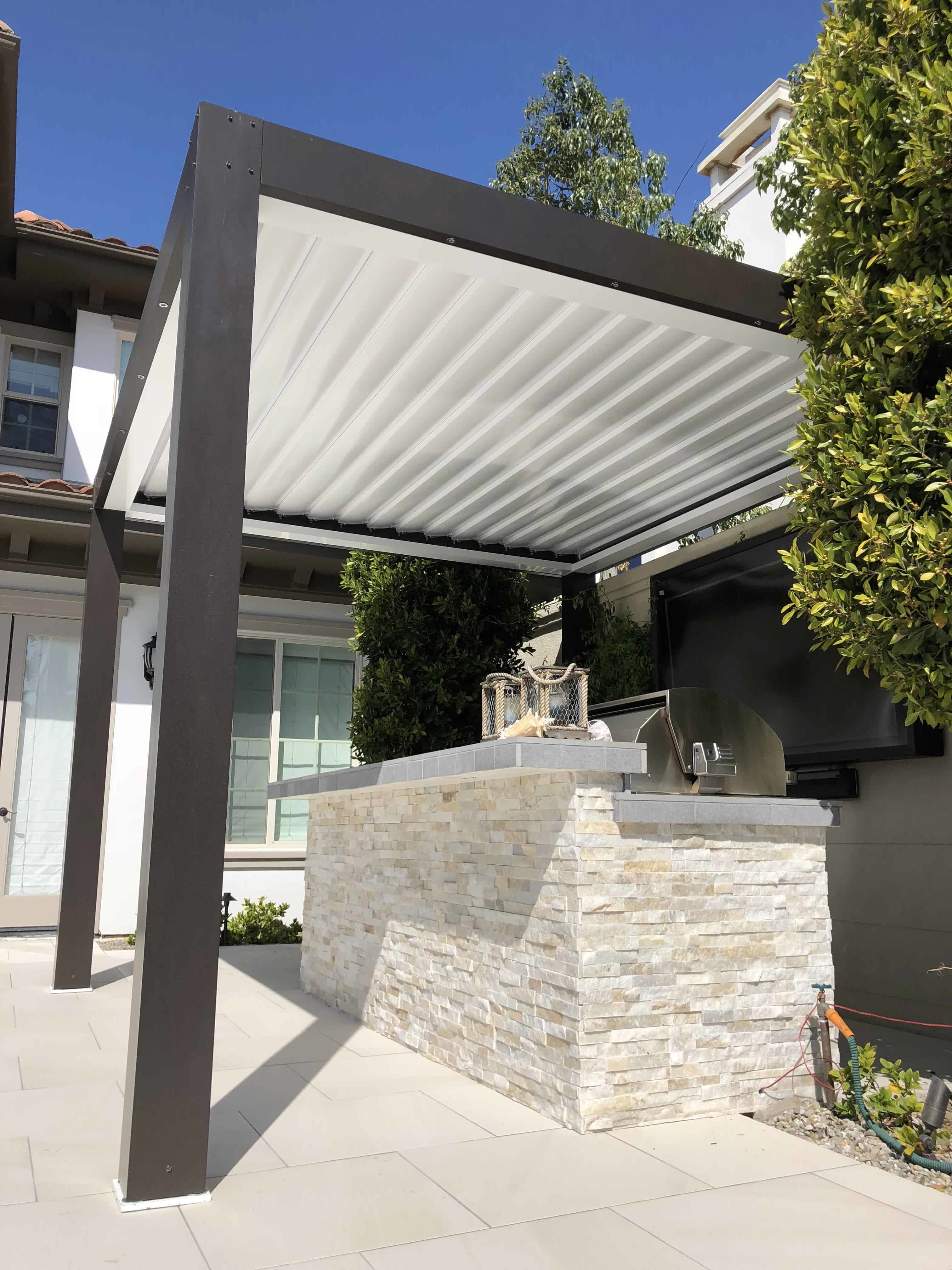Drape Wall Surface Style Wikipedia
Drape wall surfaces are primarily used to stop dampness and air from reaching the interior of the structure. Nonetheless, it is important to address prospective drawbacks of curtain wall building, such as water leakage, high upkeep demands, and greater preliminary prices. Routine evaluation, upkeep, and timely repair services are essential to guarantee the long life and functionality of drape wall surface systems. By applying correct upkeep techniques and appealing experienced specialists, potential issues can be identified early and minimized, extending the life expectancy of the system. While drape wall surface building supplies numerous advantages, there are also some drawbacks that should be taken into consideration. These include prospective water leakage, high upkeep demands, restricted noise insulation, and greater preliminary expenses contrasted to traditional building techniques.
Curtain Wall Surface
Welcoming these technologies not just improves building performance yet likewise straightens with worldwide efforts towards sustainability and energy efficiency. In the beginning, they were straightforward structures made from glass and steel, developed mostly for practical reasons. However many thanks to innovations in building and construction innovation and products, curtain walls have come a long method, becoming extra elegant and energy-efficient. Understanding these aspects supplies valuable understandings right into exactly how curtain walls contribute to modern building and construction projects' success. This short article aims to be an essential resource for any person involved in designing or executing these advanced structure envelopes.
Timber is a sustainable and lasting material that uses an unique warmth and character to building facades. Among the major advantages of steel curtain wall systems is their stamina and toughness. Steel is an extremely solid product that is capable of sustaining large loads, making it perfect for use in high-rise buildings and other frameworks that call for high levels of structural honesty.
Water penetration is defined as water passing from the exterior of the building to the interior of the drape wall surface system. Sometimes, relying on the structure specs, a percentage of controlled water on the interior is considered appropriate. Regulated water infiltration is specified as water that passes through past the inner most vertical airplane of the examination specimen, but has a designed ways of water drainage back to the exterior.The components are after that delivered to the building site and installed on the building's façade using cranes and other equipment. Among the key advantages of stick-built drape wall systems is their convenience. These systems can be customized to fit the style needs of virtually any building kind, from high-rise workplace towers to low-rise property structures. They also use a range of aesthetic choices, consisting of different glass kinds, surfaces, and colors, enabling designers to create an unique and personalized appearance for the building. The combination of energy-efficient glass and insulation materials further improves the thermal efficiency of the building, causing long-lasting power financial savings.
Innovative And Sustainable Style
- This newer choice presents a different approach of bonding the glazing to the mullion.In two-sided structural glazing, there are still mechanical supports on 2 sides of the unit.Overall, drape wall systems provide a range of benefits to contemporary building layout, providing both practical and aesthetic advantages.The best means to stay clear of leakages is to recognize any forces the drape wall will likely be under.The system will certainly give the benefits of rapid building and construction and consistent quality of elements because of the manufacturing facility manufacturing procedure.
They are typically made from light-weight but durable materials, which we will point out in the following areas. Unlike various other building materials, a drape wall surface system is slim and light-weight, generally light weight aluminum and glass. These wall surfaces https://gek6o.mssg.me/ are not architectural, and by design, they are only able to lug their own weight, while transferring the load of wind and gravity to the framework of the structure. The design makes it air and water resistant, to guarantee that the interior of the building continues to be closed. By very carefully selecting infill options such as glass walls or steel panels, architects can create visually striking buildings that satisfy efficiency requirements essential for modern-day building and construction jobs.
This is since they use corrosion-resistant materials and any kind of forces they withstand (i.e. wind) transfer to the linked building structure. Because reinforced concrete and structural steel got in the photo, engineers have discovered that thinner columns could still sustain a building. Even more fascinating, they might exist independent of the exterior, implying outer wall surfaces no more had to shoulder structural lots. They offer a building far more natural light, that makes them perfect for workplace usage. Work performed in all-natural light stimulates feelings of positivity, which will make employees utilizing the area more effective and better to perform their work. The owner of the facilities will also discover that their energy expenses reduce because of the lower demand for man-made light and heating.
Generally, drape wall surface construction offers a range of benefits, including improved visual appeals, boosted energy efficiency, enhanced all-natural light, style flexibility, and potential cost savings. By incorporating curtain wall surfaces right into structure design, engineers and designers can develop visually enticing and lasting structures that satisfy the requirements of both occupants and the environment. A drape wall is a kind of non-structural, large structure exterior made from lightweight materials such as aluminum, steel, plastic, glass and other systems like unitized drape walls. It is typically made use of to supply insulation versus wind, rain, snow and Check out here other aspects while supplying windows and doors for ventilation. They likewise develop an aesthetically pleasing look while improving the overall aesthetic appeal of a building.

